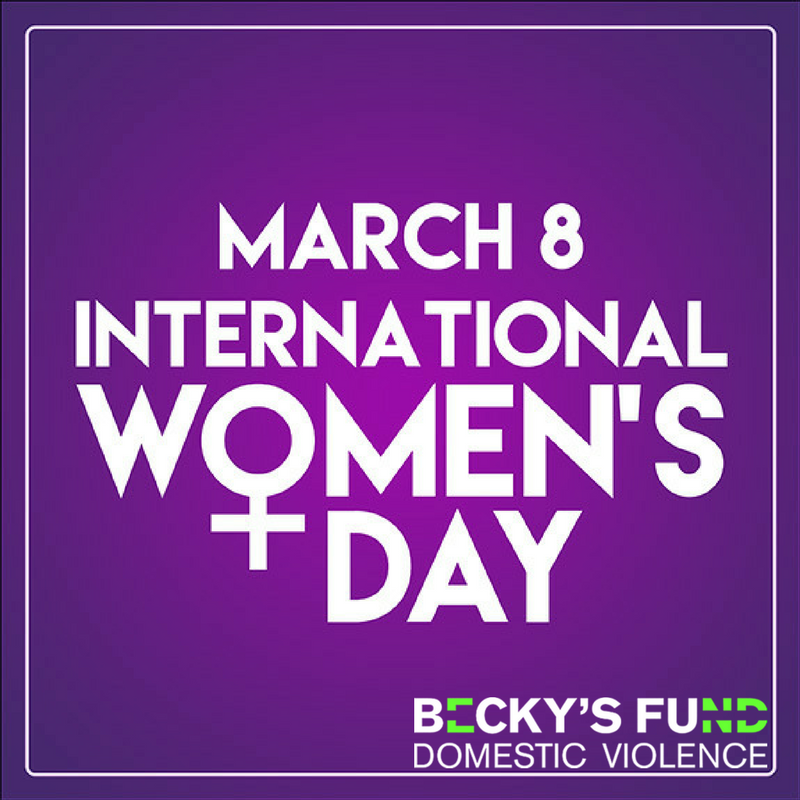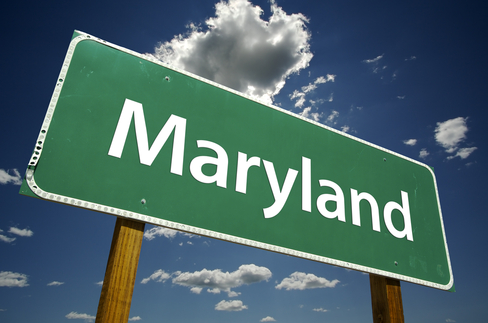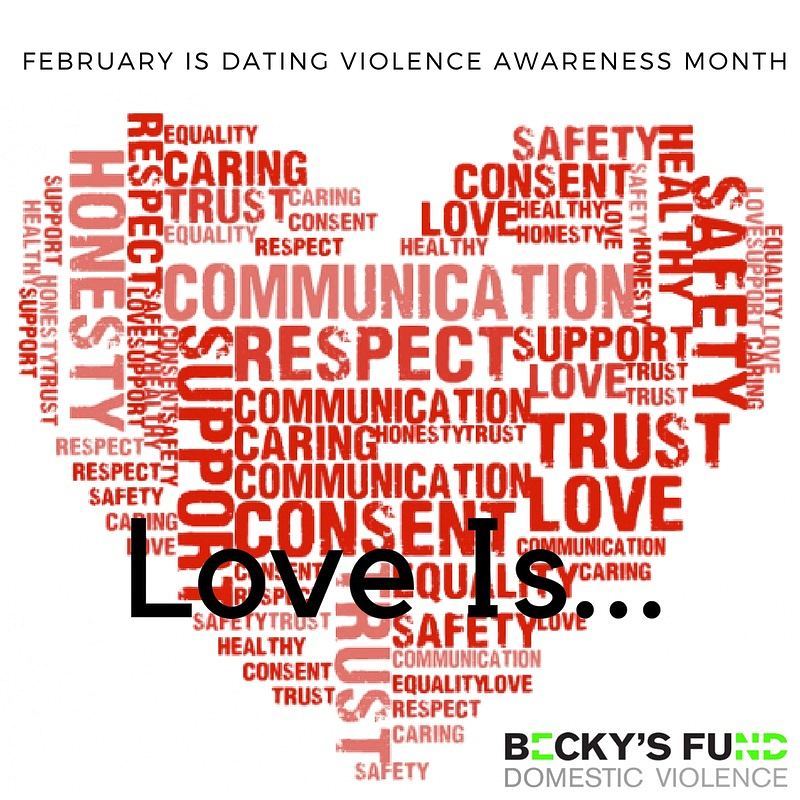
International Women’s Day
International Women’s Day is a celebration of the progress that women have made against gender-based discrimination and violence. Beginning with the suffragette movement at the beginning of the 20th century, International Women’s Day eventually came to include issues that affect women around the world, at every socioeconomic status and with every background, particularly when it was adopted by the United Nations in 1975 (“About International Women’s Day”).
This year, International Women’s Day will have a special focus on rural and urban activists. While these groups are different in many ways, they are both important for political mobilization for women’s empowerment. Rural women are particularly marginalized; where the global pay gap is 23%, rural women make up to 40% less than rural men (“Announcer: International Women’s Day 2018”). Another example of how rural women can be marginalized is in the case of immigrant farmworkers. One study of 150 Mexican women working in California revealed that 80% had experienced some kind of sexual harassment, which will be another important focal point for this year’s International Women’s Day (Ramchandani).
The rise of #MeToo and similar movements around the world have put sexual harassment and violence at the forefront of social discourse. Celebrities wore black to the Golden Globes in order to raise awareness of sexual harassment and to stand in solidarity with survivors. One could even argue that the momentum from #MeToo that ended with the fall of people like Harvey Weinstein also swept through the White House, as two of the President’s aides resigned over domestic violence accusations. According to a survey from Stop Street Harassment this year, 81% of women reported having “experienced some form of sexual harassment or assault in their lives,” making #MeToo and the conversation about sexual violence an absolute priority for women (North).
It is especially important today that we work vigorously to expand and strengthen the movement toward gender equality in general. The Global Gender Gap Report measures gender equality, or gender parity, based on 4 themes: “Economic Participation and Opportunity, Educational Attainment, Health and Survival, and Political Empowerment,” (“World Economic Forum Global Gender Gap Report measures gender equality”). According to the most recent data, it will take 217 years to close the gender gap in the four categories, as opposed to the last estimate of 170 years (“World Economic Forum Global Gender Gap Report measures gender equality”). As a society, we should reflect on the changes that have occurred to widen the gap and take determined steps, represented by the goals of International Women’s Day, to reverse the trend.
If you want to get involved with International Women’s Day’s efforts to promote gender equality, check out the official website to search for events in your area. If you live in the DMV area, FINCA Impact Finance will be holding a panel and networking event for professional women. Poppir will also be hosting a Women in the Arts pop-up gallery and happy hour at L2 Lounge in Georgetown.
Works Cited
“About International Women’s Day.” International Women’s Day, International Women’s Day, www.internationalwomensday.com/About.
“Announcer: International Women’s Day 2018.” UN Women, United Nations, 26 Jan. 2018, www.unwomen.org/en/news/stories/2018/1/announcer-iwd-2018-theme.
North, Anna. “Measuring #MeToo: More than 80 Percent of Women Have Been Sexually Harassed or Assaulted.” Vox, Vox Media, 21 Feb. 2018, www.vox.com/identities/2018/2/21/17036438/sexual-harassment-me-too-assault-hollywood.
Ramchandani, Ariel. “There’s a Sexual-Harassment Epidemic on America’s Farms.” The Atlantic, Atlantic Media Company, 29 Jan. 2018, www.theatlantic.com/business/archive/2018/01/agriculture-sexual-harassment/550109/.
“World Economic Forum Global Gender Gap Report Measures Gender Equality.” Where Women Work, Where Women Work, www.wherewomenwork.com/Career/640/Global-Gender-Gap-WorldEconomicForum.






Recent Comments